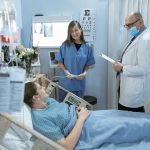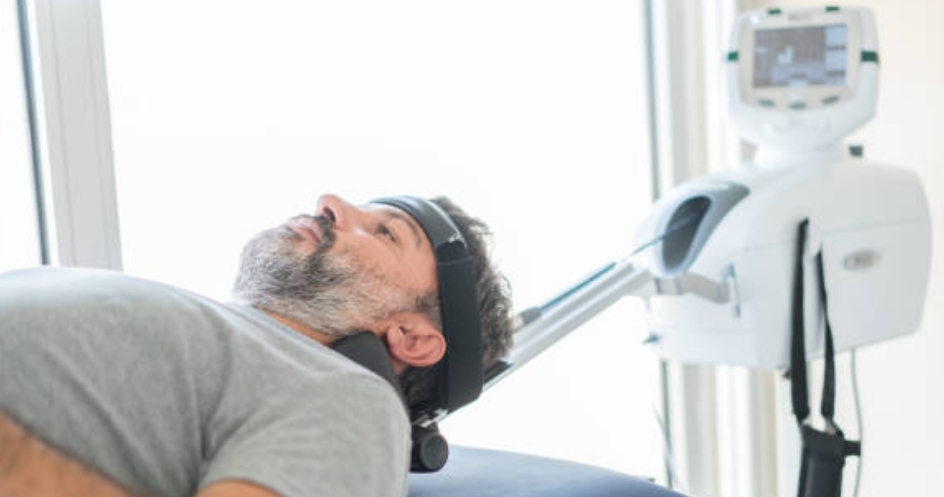Biceps load test II (Kim’s test 2)
Purpose of Biceps load test II (Kim’s test 2): To detect the superior labral anterior and posterior (SLAP) lesions in the glenohumeral joint (1).
Patient Position: Supine lying.
Examiner Position: Standing/Sitting beside the patient’s affected side.
Procedure: First, gently grasp the patient’s elbow and wrist on the affected side. Next, elevate the affected arm to 120 degrees and externally rotate the arm to its maximal point as tolerated, while holding the elbow in 90 degrees flexion and forearm in a fully supinated position (1). Next, ask the patient to flex the elbow while you (examiner) resist the flexion (1).
Outcome: The test is positive when the patient complains of pain during resisted elbow flexion (1). The test is negative if the patient reports no pain or if the pain is reduced by the resisted elbow flexion or if the pre-existing pain is unchanged during elevation and external rotation of the affected arm (1). Want to know about Biceps Load Test I (Kim’s test 1)?
Reference:
- Kim SH, Ha KI, Ahn JH, Kim SH, Choi HJ. Biceps load test II: A clinical test for SLAP lesions of the shoulder. Arthroscopy: the journal of arthroscopic & related surgery: official publication of the Arthroscopy Association of North America and the International Arthroscopy Association. 2001;17(2):160-4.


